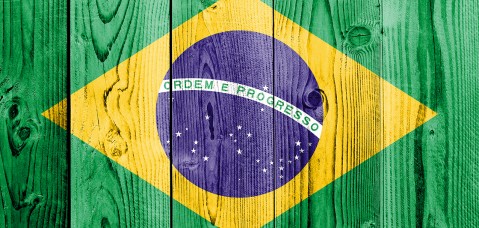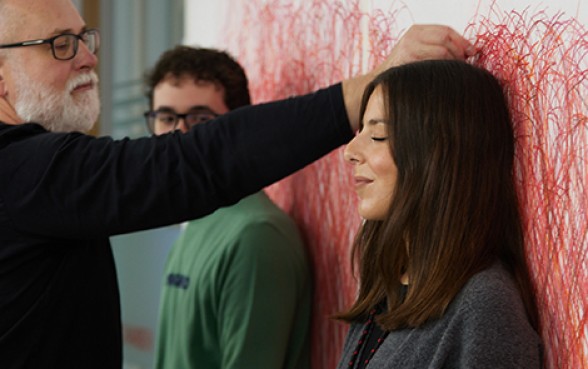The country’s growing wealth has prompted an increasing interest in art, says Robert Korzinek, Fine Art Underwriter at Hiscox.
Mining magnate Bernardo Paz’s vast Inhotim modern art museum, with 20 galleries and 23 major standalone works spread across a 5,000-acre site, symbolises the tremendous wealth fuelling the Brazilian art boom, which is making the country an important destination on the global art circuit.
The rise of world-renowned Brazilian artists such as Beatriz Milhazes and Lygia Clark, who have begun to command very serious prices for their work, is also fuelling a mini boom for work from Brazilian artists.
But although demand for fine art insurance cover has risen significantly in recent years for big exhibitions in Brazil, the perception of risk among the country’s private collectors has yet to match the rapid rise in the value of their collections.
Brazilian billionaires
Brazil’s wealth creation over recent years, fuelled by world demand for its vast mineral resources, has been staggering. The country has 46 billionaires and has overtaken the UK to become the world’s sixth largest economy. It’s the rapidly growing wealthy upper and middle classes who are behind Brazil’s growing interest in collecting art.
Brazil has become very interesting for the international art market. International art auction houses are placing more emphasis on developing their networks in Brazil, while Art Rio has now become a major staple of the international art circuit.
Brazil’s state-sponsored art sector is also booming. In 2011, Brazil hosted the world’s most visited exhibition of that year, of M.C Escher’s work in Rio. In this age of austerity, North American and European museums are not mounting the same blockbuster exhibitions as they used to. Instead they are choosing to lend their artworks to Brazil.
Large and complex risks
The London Market leads the way in providing reinsurance capital and expertise to the local Brazilian insurance market for the big exhibitions. These risks require large amounts of risk capital, as well as experience and a wide network of contacts within the art world, which simply don’t exist within Brazil.
Although the desire – and wealth – to own and enjoy art exists in Brazil, the infrastructure and know-how to safely house and transport works around the country remains a problem.
Also, while the country’s private collectors have been acquiring art for a number of years, what was purely a private passion might only now represent a considerable part of their asset wealth, which makes the question of insuring it more relevant.
A 2009 fire at a storage facility destroyed 2,000 pieces by Brazilian artist Hélio Oiticicia. Some estimates have put the cost of the blaze at US$200m, although the works were uninsured. The fire has done much to build awareness of the startling rise in value for Brazilian artists as well as highlight the growing risk faced by the country’s serious collectors.




